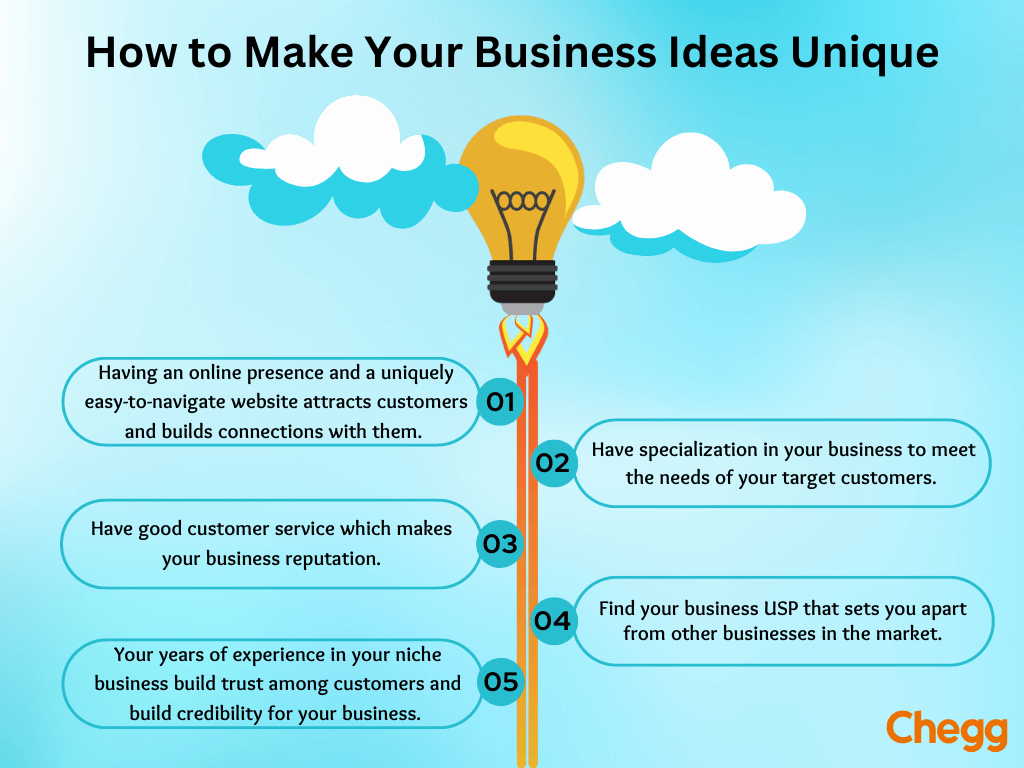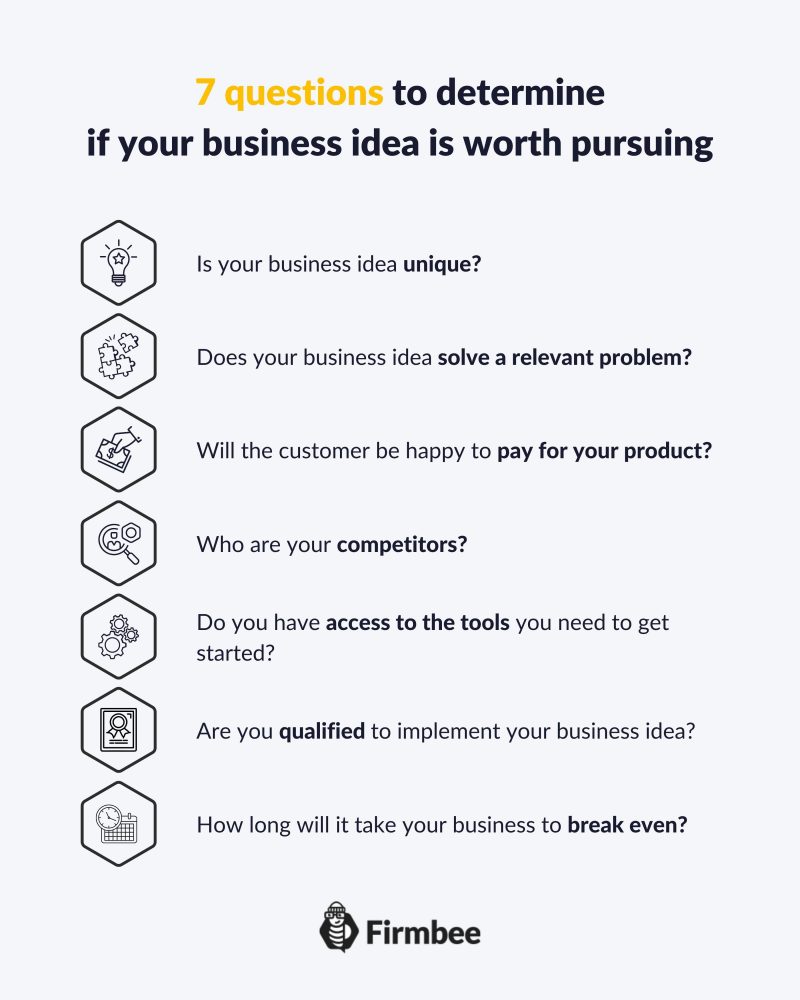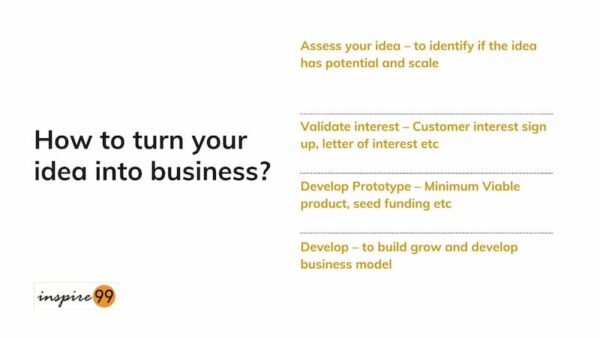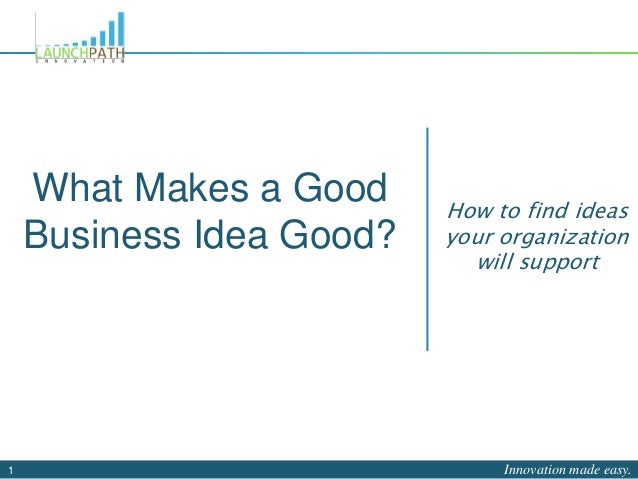How To Know If A Business Idea Is Good
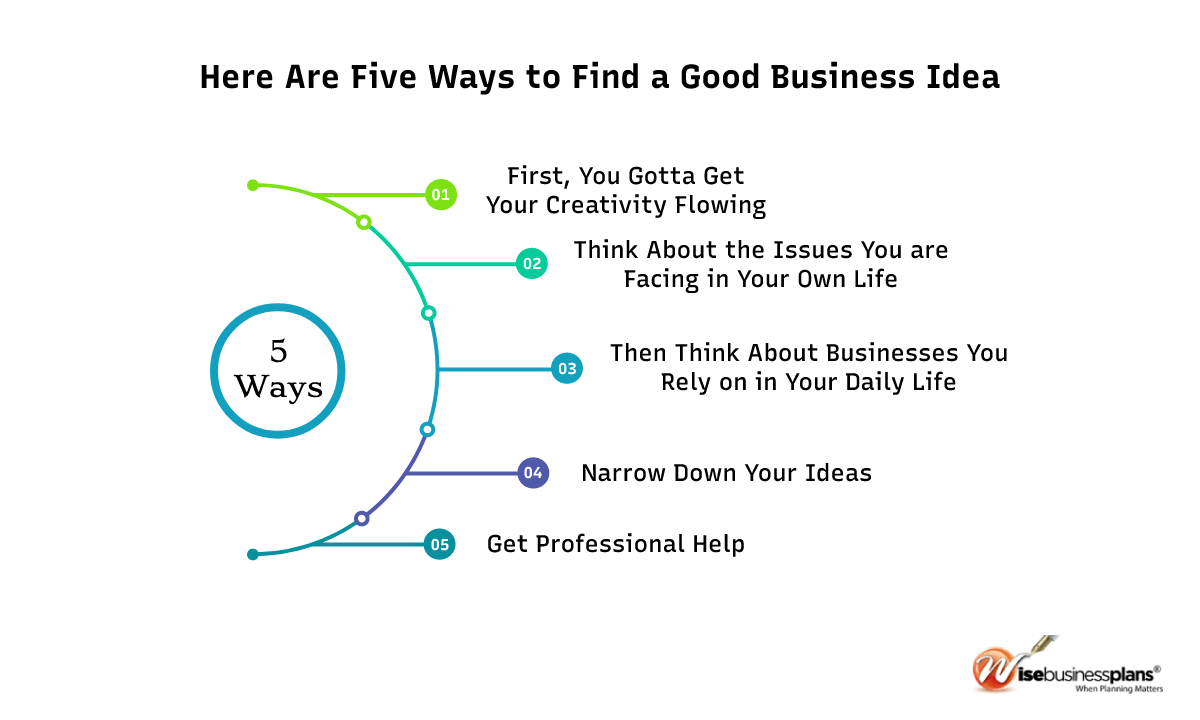
Launching a business is a high-stakes gamble. Knowing if your idea has merit *before* you quit your day job is crucial.
This guide provides a rapid-fire checklist to assess the viability of your business idea, focusing on market demand, profitability, and your personal capabilities. We're cutting through the noise to deliver the essential questions you must answer.
Is There a Real Market Need?
Forget passion projects if no one needs what you're selling. Validate your idea with market research; don't rely on gut feeling.
Start with a survey. A recent *Statista* report indicated that 42% of failed startups lack a demonstrable market need. A survey can help you with just that.
Talk to potential customers. Informal conversations reveal invaluable insights about their pain points and needs that your idea can solve.
Quantify Your Target Audience
How big is your potential customer base? A niche market can be profitable, but you need to know its limitations upfront.
Use tools like Google Keyword Planner or SEMrush to estimate search volume for relevant keywords. This gives a rough idea of online interest.
Analyze competitor websites and social media presence. Estimate their customer base and market share, providing a benchmark for your potential growth.
Profitability: Can You Actually Make Money?
A great idea is worthless without a solid business model. Calculate your costs and potential revenue streams before investing heavily.
Determine your customer acquisition cost (CAC). How much will it cost to attract each new customer through marketing and sales efforts?
Calculate your lifetime value (LTV) of a customer. How much revenue will each customer generate throughout their relationship with your business?
A healthy business model requires LTV to significantly exceed CAC. Otherwise, your business will bleed money.
Unit Economics: The Core of Profitability
Understand the economics of each individual unit you sell. A positive margin on each unit is essential for scalability.
Calculate your gross profit margin: (Revenue - Cost of Goods Sold) / Revenue. A higher margin provides more flexibility and reinvestment potential.
Consider fixed and variable costs. Identify all the costs and classify into fixed and variable categories.
Are You the Right Person for This?
Passion is important, but skills and experience are critical. Honestly assess your capabilities and willingness to learn.
Do you have the necessary technical skills or industry knowledge? If not, are you willing to hire someone who does, or learn yourself?
Consider your network. Connections and access to resources can significantly improve your chances of success. According to Forbes, strong networks often provide early adopters and vital feedback.
Assess Your Risk Tolerance
Starting a business is inherently risky. How much money are you willing to lose if the venture fails?
Develop a realistic financial plan. Account for potential setbacks and delays, and create contingency plans for worst-case scenarios.
Be brutally honest with yourself. Overconfidence can lead to poor decisions and ultimately failure.
Next Steps: Iteration and Validation
These are just the first steps. Continuous validation is key to refining your idea and improving its chances of success.
Develop a minimum viable product (MVP). Launch a basic version of your product or service to gather real-world feedback and iterate based on customer input.
Continuously monitor key metrics. Track CAC, LTV, and other relevant data points to identify areas for improvement and ensure profitability.
Adapt and evolve. Be prepared to pivot if your initial assumptions prove incorrect. Flexibility is essential for survival in the competitive business world.

